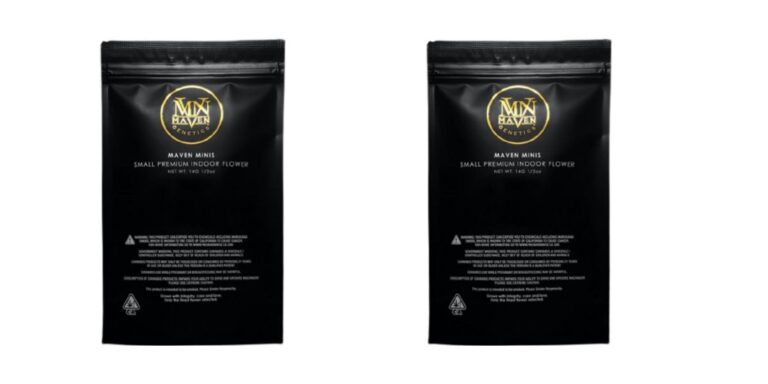Modern systems often lose valuable heat as steam converts back to water. A condensate heat recovery system captures that thermal energy before it’s discarded, improving the efficiency of heating operations and reducing unnecessary strain on equipment. This solution is gaining traction in 2025 as industries look for cost-effective, performance-driven upgrades. Capturing and reusing condensate heat lowers fuel consumption and simplifies system operations—all while protecting key equipment assets.
-
Capture Hidden Energy in Plain Sight
Each time steam cools and turns back into water, heat energy is lost. A recovery system captures this excess energy by collecting the hot condensate and rerouting it for useful tasks. Whether used to preheat feedwater or supplement another process, it transforms an often-ignored output into valuable input. This change can reduce steam demand from boilers and raise overall thermal efficiency across multiple applications.
-
Less Boiler Strain, More Output
Cold feedwater forces boilers to work harder and use more fuel. Hot condensate returns reduce this gap, easing the thermal workload. That results in less stress on core components and improves steam output consistency. With stable input temperatures, boilers also operate more predictably, minimizing unplanned downtime. Reduced cycling leads to a more balanced performance curve and better operational planning.
-
Smarter Costs for Smarter Builds
The return on a recovery system is not only technical but financial. Lower energy bills mean quicker cost recovery. In most setups, the payback window is under two years, especially in plants with high steam usage. Because these systems use heat that would otherwise be lost, they work around the clock, providing ongoing value without raising fuel input. This makes it one of the smartest investments a facility can consider in 2025.
-
Simple to Add, Seamless to Use
These systems are designed for easy integration. With only a few essential components—a flash tank, a pump, and a heat exchanger—they can be installed with little interruption. For facilities already running on tight schedules, this is key. Installation typically requires minimal changes to the current piping. Once operational, it quietly runs in the background, improving efficiency without constant oversight.
-
Choose the Best Fit Setup
System choice depends on your pressure and process needs.
- Open systems allow steam to vent before reuse. These are great for facilities with lighter steam needs.
- Pressurized systems hold steam and heat within a closed loop. These are better for high-pressure operations needing greater energy reuse. Each design has technical benefits and is selected based on the specific demands of the operation, space limitations, and usage targets.
-
Fewer Replacements, Lower Maintenance
Returning hot condensate keeps boilers cleaner. With fewer temperature shocks and less scaling, the equipment lasts longer and runs more smoothly. Pumps, valves, and other related parts also benefit. They operate under steadier conditions and face less wear. Long term, this cuts costs related to both repairs and part replacement while allowing for more consistent production schedules.
-
A Boost for Compliance and Safety
By controlling how steam and condensate flow, these systems help facilities stay within safe temperature disposal limits. This supports regulatory compliance and reduces risks associated with excess heat discharge. Removing built-up steam also cuts down on water hammer and air pockets, both of which can damage infrastructure if ignored.
-
Compact Setup with Big Impact
Floor space is always at a premium. These systems deliver strong results without demanding extra square footage. Their compact footprint means you can integrate them into small mechanical rooms, retrofit older systems, or install them in phased stages. Flexibility allows facilities to adopt improvements without costly space expansions or redesigns.
-
Adaptive for Any Industry
Hospitals, laundries, food producers, chemical processors—every steam-driven facility can benefit. Whether steam is used for sterilization, cooking, cleaning, or climate control, returning that heat to the system improves performance. Operators can tailor system size and capacity to fit exact needs, keeping overhead low while results stay high.
-
Scalable from Small to Large
Condensate systems scale easily. Small-scale operations may need a single return line and tank, while larger plants might deploy modular systems across zones. This flexibility lets every facility size the solution to their specific needs, avoiding underuse or overbuild. As operations grow, more units can be added without overhauling the system.
Wrap Up:
Adding a condensate heat recovery system in Long Island is a proven way to reduce fuel usage, cut downtime, and stabilize energy performance across any steam-driven operation. As 2025 demands smarter infrastructure, this upgrade stands out for its simplicity, speed of return, and ability to bring out more from what you already produce.
Looking to reduce energy loss and increase boiler efficiency? Let us guide your upgrade. Talk to our team today about the best condensate heat recovery system setup for your facility and take the next step toward efficient heat management that works.




